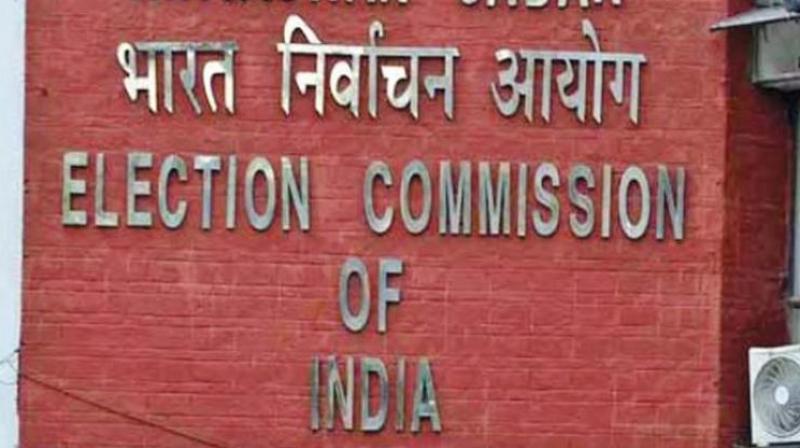EC told to explain votes mismatch

Hyderabad: The Hyderabad High Court asked the Election Commission of India on Friday to get instructions on a plea for counting of all printed slips of Voter Verified Paper Audit Trail (VVPAT) polled in Ibrahimpatnam Assembly constituency, to nullify potential errors in the electronic voting machines (EVMs).
A division bench comprising Chief Justice Thottathil B. Radhakrish-nan and Justice S.V. Bhatt was hearing a petition of Mr Malreddy Ranga Reddy, who contested in the recently held elections for the Ibrahim-patnam seat on a BSP ticket and lost to TRS candidate Manchireddy Kishan Reddy.
Mr Ranga Reddy filed a writ with the plea that there was a discrepancy between the votes displayed on the EVM and the VVPAT count.
Mr Rakesh Munjal, senior counsel from the Supreme Court, made a mention before the Chief Justice’s court to hear the writ on an urgent basis. The bench directed the EC to get instructions on the issue raised by the petitioner by December 26.
Mr Reddy, who lost the elections by 376 votes said that due to technical snags in the EVMs during the elections, election officials opened VVPAT in the polling stations during which it was observed that there was a difference in the number of votes on the display of the EVMs and the VVPAT paper trail.
The returning officer did not allow counting of votes using VVPAT slips after noticing discrepancies between the votes counted as per VVPAT slips and EVM in three polling stations. This was an unfair electoral practice, he said.
He elaborated in the petition, “In polling station No.112, the number of electors who voted was written as 832 (427 men and 405 women) in the presiding officer’s diary but the number of voters recorded in the voting machine showed as 834 and this was not reported to the District Election Officer. Similarly in polling station No. 199, while EVM votes for the TRS candidates showed as 146, the VVPAT slips recorded only a vote count of 139. In polling station 259, total votes polled were 782 but shown as 783 in the CU and the presiding officer clearly noted down such a discrepancy and wrote it on Form 17C.”

